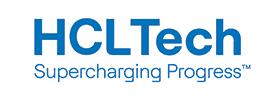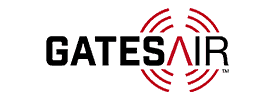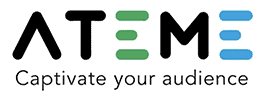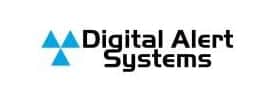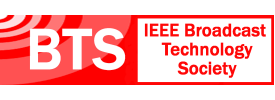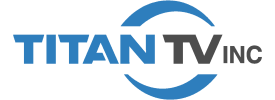- About
- Members
- Sponsors
- Subcommittees
- Technical Documents
- News
- Events
- Spotlight ATSC 3.0
- Contact Us
- Member Login
- Member Meetings
- Advanced Search
Search Site
Member Links
- About
- Members
- Sponsors
- Subcommittees
- Technical Documents
- News
- Events
- Spotlight ATSC 3.0
- Contact Us
- Member Login
- Member Meetings
- Advanced Search
PRESIDENT’S MEMO
Posted on November 8, 2017 in ATSC News
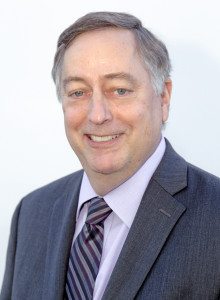 ‘Movement’ is the watchword for November!
‘Movement’ is the watchword for November!
Movement: Keeping things moving on the Next Gen TV standard is the ATSC’s main focus during this particularly busy month, on the heels of a major milestone: member approval of A/300, the overall system standard for ATSC 3.0.
Movement: The regulatory process is moving ahead quickly, too; the FCC is expected to vote November 16 on the Report and Order authorizing the voluntary implementation of Next Gen TV powered by ATSC 3.0.
Movement: All of the remaining documents that need to move forward to finalize the ATSC 3.0 suite of next-generation TV standards are in motion this month.
The TG3 Technology Group just voted to approve the A/323 physical layer uplink document as a Candidate Standard. In November, TG3 members are voting on Proposed Standard ballots for interactive content (A/344), application signaling (A/337) and the scheduler/ studio-to-transmitter link (A/324), the last step before ATSC members approve them as final standards.
Movement: There’s also significant movement related to the ATSC Board of Directors in November as ATSC members cast ballots to fill the three open seats for three-year board terms starting January 2018.
The candidates are: Mark Corl, Triveni Digital; Jon Fairhurst, Samsung; and Craig Todd, Dolby. Craig’s current term expires at year-end, and he is running for re-election. Cox Media Group’s Dave Siegler is term-limited and PBS’s Chris Homer has retired. Their service to the ATSC has been impactful and is greatly appreciated.
Movement: Next Gen TV itself is a “Movement,” representing an unprecedented level of cooperation, collaboration and innovation across the television ecosystem – both in the United States and in South Korea, where broadcasters already are on the air with ATSC 3.0.
In this month of gratitude, I am particularly thankful for all who are part of the Next Gen TV Movement, from technologists and business people to regulators and pundits, all contributing to defining a bright future for broadcast television with ATSC 3.0.
Mark Richer, ATSC President
Posted in ATSC News
News Categories
News Archives
Subscribe
Subscribe to The Standard, our monthly newsletter. Learn More
Join ATSC
ATSC is a membership organization with both voting and observer categories. Voting members include corporations, nonprofit organizations, and government entities, and they participate actively in the work of ATSC. Observers are individuals or entities not eligible to be a voting member.
Subscribe to our Newsletter
Subscribe to The Standard, our monthly newsletter, to stay up-to-date with ATSC news and events around the world.
Site Links
Contact Us
ATSC
1300 I Street NW, Suite 400E
Washington, DC 20005 USA
Do you have questions about ATSC?
About ATSC
ATSC, the Broadcast Standards Association, is an international, non-profit organization developing voluntary standards and recommended practices for digital terrestrial broadcasting. Serving as an essential force in the broadcasting industry, ATSC guides the seamless integration of broadcast and telecom standards to drive the industry forward. Currently, the ATSC 3.0 Standard is providing the best possible solution for expanding the potential of the broadcast spectrum beyond its traditional application to meet changing needs. From conventional television to innovative digital data services, ATSC has one clear goal: to empower the broadcasting ecosystem like never before.
© 2025 ATSC




